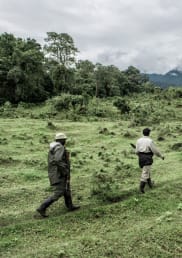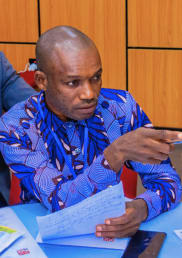Democracy and peace in federal Nepal - Federalism in Nepal Vol. 1
This policy paper analyses the changing nature of peace and conflict in relation to the recent elections and the post-election context in Nepal.
During and following all three tiers of the 2017 elections, the configurations of power shifted in Nepal, thereby affecting the nature of contention in politics and society.
As conflicting political parties are claiming that the peace process has come to an end (officially taking off with the signing of the Comprehensive Peace Accord in 2006), particularly after the promulgation of the 2015 constitution, this policy paper underscores that claims over jurisdiction and resources between the federal, provincial and local governments are the dominant forms of conflict.
The immediate policy priority is clear: sensible cooperation and collaboration in consolidating democracy and peace, and institutionalising federalism. Two urgent responses for conflict resolution would be the formation of a Natural Resources and Financial Commission, as stated in the constitution, and the formulation of federal legislations. The latter should be the basis for ensuring ‘coexistence, coordination and cooperation’ between all three tiers of government, as mentioned but not well defined in the constitution.
Related publications
This is the first report in our series on federalism in Nepal produced as part of the Sundar Santa Nepal project. Find the full list of reports below.
- Democracy and peace in federal Nepal
- A sense of hope: Understanding post-federal dynamics among marginalised communities in Nepal’s Tarai region
- Deepening federalism: Post-federal analysis on marginalised communities in Nepal’s Tarai region
- Status and process of law-making in local governments: Reflections from two provinces
- “I can speak”: Navigating masculine spaces in federal Nepal
- Fiscal Federalism: An analysis of its initial implementation in Nepal




